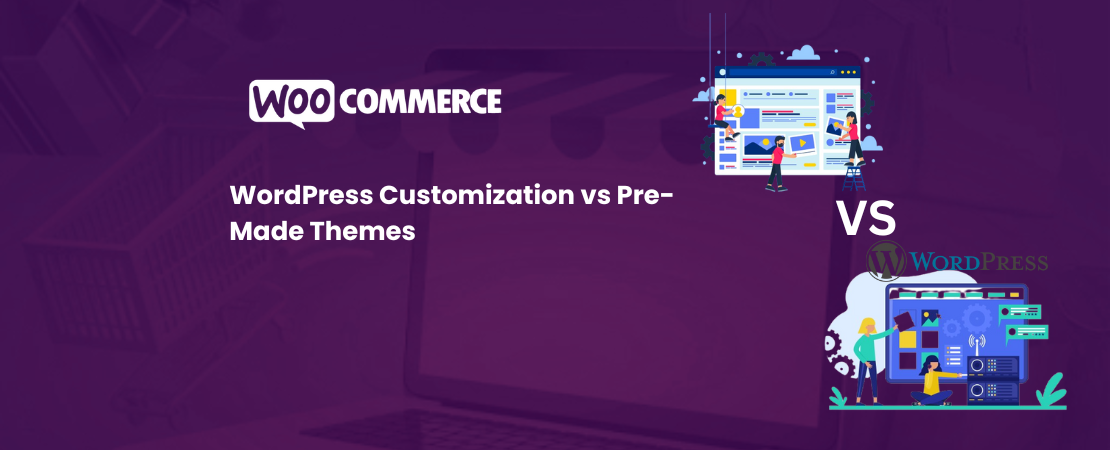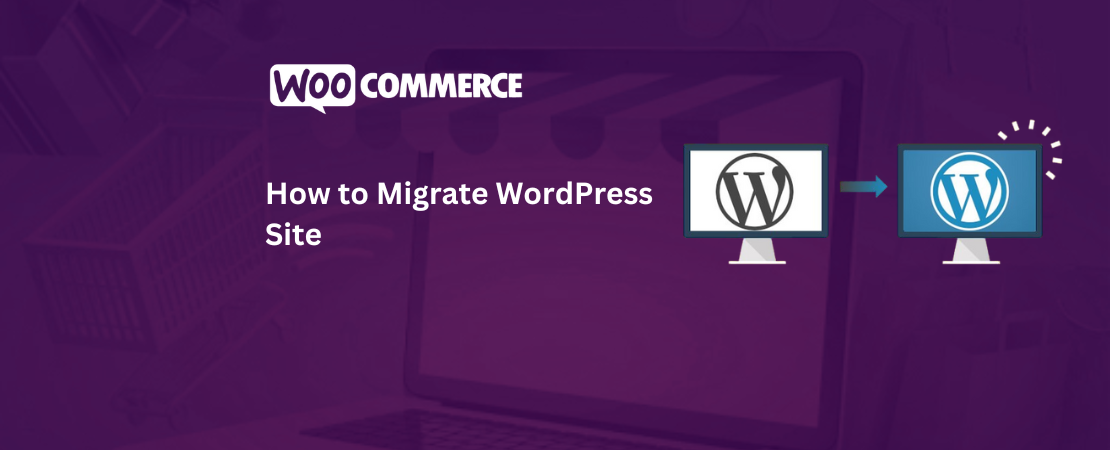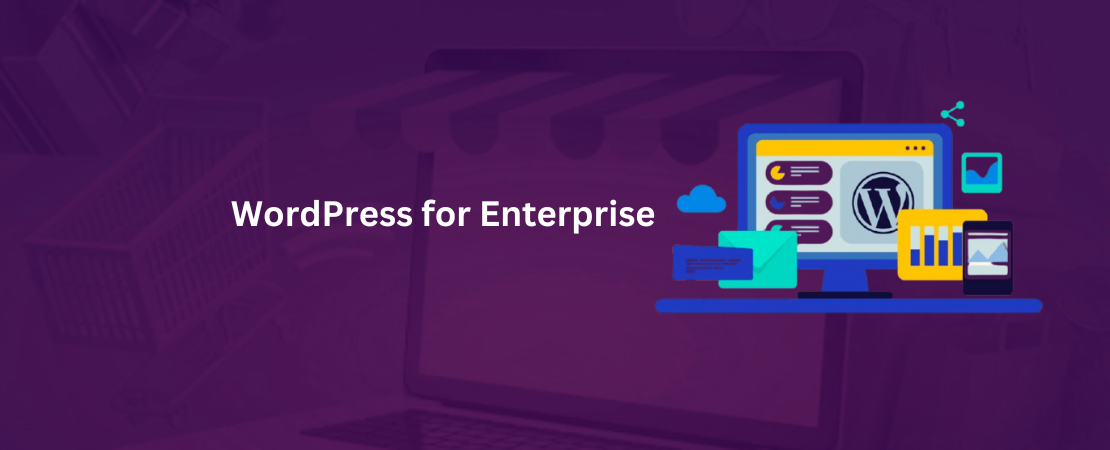Online shoppers expect a quick and seamless purchasing experience in today’s fast-paced digital landscape. A lengthy or complicated checkout process can deter potential customers, leading to cart abandonment and lost sales. This is where WooCommerce One Page Checkout comes into play. By consolidating the entire checkout process into a single page, this powerful feature enhances user experience and boosts conversion rates. This comprehensive guide will explore the benefits, step-by-step setup, technical details, and best practices for WooCommerce One Page Checkout.
What is WooCommerce One Page Checkout?
WooCommerce One Page Checkout is a functionality that enables customers to complete their entire purchase—from product selection to payment—on a single page. Unlike the traditional multi-step checkout process, where users navigate through separate pages to view the cart, enter shipping details, and finalize payment, one-page checkout integrates all these steps into one cohesive page. This streamlining is achieved through a combination of optimized layout, dynamic content loading, and customized user interface elements.
For added convenience, integrating features like WooCommerce Login can further enhance the user experience, allowing returning customers to quickly log in and complete their purchase without re-entering their details. This guide will walk you through the benefits, setup process, technical aspects, and best practices for implementing WooCommerce One Page Checkout on your e-commerce site.
Key Benefits of WooCommerce One Page Checkout
Streamlined User Experience:
- Reduced Clicks and Pages: Fewer pages mean fewer clicks. This can significantly reduce the cognitive load on users, making the checkout process feel faster and more intuitive.
- Instant Updates: As users make changes (like updating quantities or applying coupon codes), the page dynamically updates without requiring a full page reload. This reduces friction and improves the user experience.
Improved Conversion Rates:
- Reduced Cart Abandonment: By minimizing the steps involved in the checkout process, WooCommerce One Page Checkout helps decrease the likelihood of cart abandonment.
- Mobile Optimization: With the increasing number of mobile shoppers, a one-page checkout is particularly beneficial, as it eliminates the need for excessive scrolling and navigating on smaller screens.
Enhanced Customization Options:
- Tailored Checkout Flow: Store owners can customize the checkout process to match their business needs, offering options like guest checkout, saved addresses, and more.
- Seamless Integration with Other Plugins: WooCommerce One Page Checkout works well with various other WooCommerce extensions, allowing for features like upsells, cross-sells, and custom fields to be added directly to the checkout page.
Performance Optimization:
- Reduced Server Load: By consolidating the checkout process into a single page, the number of server requests is reduced, leading to faster page load times.
- AJAX Implementation: Many one-page checkout solutions utilize AJAX to dynamically update parts of the page without a full reload. This improves speed and responsiveness, enhancing the overall user experience.
How to Set Up WooCommerce One Page Checkout: A Step-by-Step Guide
Setting up WooCommerce One Page Checkout can be straightforward with the right plugin. Below is a detailed guide on how to do this using the official WooCommerce One Page Checkout plugin:
Install and Activate the Plugin:
- Navigate to Plugins > Add New in your WordPress dashboard.
- Search for “WooCommerce One Page Checkout” and click Install Now, followed by Activate.
- Once activated, the plugin will integrate with your WooCommerce settings, allowing you to configure one-page checkout options.
Creating a One Page Checkout Template:
- Go to WooCommerce > Settings > Checkout and select the One Page Checkout tab.
- Here, you can create or select a page to serve as your checkout page.
- Insert the [woocommerce_one_page_checkout] shortcode into the page content. This shortcode is responsible for rendering the one-page checkout functionality.
Configuring Product Display:
- One of the unique features of WooCommerce One Page Checkout is the ability to display products directly on the checkout page.
- You can add specific products or categories to the page using shortcodes like [products ids=”1, 2, 3″] or [product_category category=”shirts”].
- This setup allows customers to add products to their cart and complete the checkout process without leaving the page.
Customizing the Checkout Page:
- Fields Customization: Using the Checkout Field Editor plugin or by manually adding code snippets, you can customize which fields appear during checkout.
- Rearranging Sections: WooCommerce provides hooks and filters that allow developers to reorder sections of the checkout page. For example, using remove_action and add_action functions in your theme’s functions.php file, you can move the billing section below the order summary.
- Styling: For custom styling, add CSS to your theme’s stylesheet or use the Additional CSS section in the WordPress Customizer. This allows you to align the checkout design with your store’s branding.
Testing the One Page Checkout:
- Before making the checkout page live, it’s crucial to test its functionality thoroughly. This includes:
- Cross-Browser Testing: Ensure the page works consistently across different web browsers.
- Mobile Responsiveness: Use tools like Google’s Mobile-Friendly Test to verify that the checkout page is optimized for mobile devices.
- Performance Testing: Tools like GTmetrix or PageSpeed Insights can help assess page load times and identify any performance bottlenecks.
Using WooCommerce One Page Checkout can greatly improve the buying experience. It makes the process smoother and helps increase sales. This feature is important for any WooCommerce store, especially for those using a WooCommerce B2B solution. A simpler checkout process can lead to higher customer satisfaction and more sales
Technical Aspects of WooCommerce One Page Checkout
Implementing a one-page checkout involves understanding some of the underlying technical components. Here’s a closer look at the technical aspects:
AJAX and Dynamic Content Loading:
- AJAX Implementation: AJAX (Asynchronous JavaScript and XML) is central to the functionality of one-page checkout. It allows parts of the checkout page to update dynamically without refreshing the entire page. For instance, when a user adds or removes a product from the cart, the order total can update instantly.
- Server-Side Handling: When using AJAX, it’s crucial to ensure that server-side validations (like stock checks, pricing rules, etc.) are properly handled in your AJAX callbacks. WooCommerce’s wp_ajax hooks can be used to create custom AJAX handlers.
Security Considerations:
- Nonces and Validation: WordPress and WooCommerce use nonces (number used once) to secure AJAX requests. When implementing custom AJAX features in your one-page checkout, always include and validate nonces to prevent security vulnerabilities.
- SSL Encryption: Given that the checkout page handles sensitive information, ensuring SSL (Secure Sockets Layer) encryption is mandatory. This protects customer data from being intercepted by malicious actors.
Database Optimization:
- Efficient Queries: One-page checkout may increase the number of queries made to the database, especially with dynamic updates. It’s important to ensure that these queries are optimized to reduce load times. Using tools like Query Monitor can help identify and optimize slow queries.
- Caching: While caching is beneficial for improving load times, be careful with caching the checkout page, as it is dynamic and user-specific. Implement caching rules that exclude the checkout page or use dynamic caching solutions like Varnish with ESI (Edge Side Includes).
Compatibility and Debugging:
- Plugin Conflicts: One-page checkout relies on multiple WooCommerce functionalities, so compatibility with other plugins is crucial. Use tools like Query Monitor and WP Debugging to identify and resolve conflicts.
- Error Handling: Proper error handling is essential to ensure a smooth checkout process. Implement clear, user-friendly error messages and use tools like Sentry for real-time error tracking.
Load Testing and Scalability:
- Simulating User Load: Use tools like Apache JMeter or Loader.io to simulate a high number of users and test how your one-page checkout performs under stress. This helps identify any performance bottlenecks that could affect scalability.
- Database Indexing: For larger stores, consider database indexing strategies to improve query performance during peak times.
Best Practices for Optimizing WooCommerce One Page Checkout
Minimalist Design Approach:
- Focus on a clean, uncluttered design that emphasizes the essential checkout elements. Remove any distractions that could lead to user confusion or abandonment.
User-Friendly Forms:
- Field Autofill: Enable autofill for address fields and other repetitive data inputs. WooCommerce supports Google Address Autocomplete API, which can be integrated for enhanced user experience.
- Real-Time Validation: Implement real-time validation for form fields to instantly alert users of any errors, preventing submission issues at the end of the process.
Multiple Payment Gateways:
- Integration with Popular Gateways: Ensure that your one-page checkout is integrated with multiple payment gateways like PayPal, Stripe, and Apple Pay. This accommodates a wide range of customer preferences.
- Payment Gateway Testing: Regularly test each payment gateway to ensure they are functioning correctly. This includes sandbox testing for new gateway integrations.
Security Best Practices:
- Honeypot Fields: Use honeypot fields or reCAPTCHA to prevent bots from submitting spam orders.
- PCI Compliance: Ensure that your checkout process complies with PCI DSS (Payment Card Industry Data Security Standard) guidelines, which are essential for handling payment data securely.
Continuous Monitoring and A/B Testing:
- User Behavior Analysis: Tools like Hotjar or Crazy Egg can be used to analyze user behavior on the checkout page, helping to identify drop-off points and optimize the flow.
- A/B Testing: Continuously test variations of your checkout page to identify which layout, design, or copy improves conversion rates. Google Optimize or Optimizely are excellent tools for.
For businesses looking to implement these best practices, hiring a reliable WooCommerce development agency can ensure that the optimization is done professionally and efficiently, maximizing the benefits for your eCommerce platform.
Popular WooCommerce One Page Checkout Plugins
WooCommerce One Page Checkout:
The official plugin by WooCommerce, offers seamless integration and customization options.
Direct Checkout for WooCommerce:
A popular plugin that simplifies the checkout process and allows for a one-page setup.
WooCommerce Cart Checkout One Page:
A comprehensive solution that merges the cart and checkout into a single page, with options for customizing the checkout experience.
YITH WooCommerce One-Click Checkout:
While slightly different, this plugin allows customers to purchase products with a single click, bypassing the checkout process entirely for returning customers.
Conclusion
WooCommerce One Page Checkout is a powerful tool for optimizing the checkout process, enhancing user experience, and increasing conversion rates. By simplifying the steps required to complete a purchase, you can reduce cart abandonment and improve customer satisfaction. Whether you’re running a small boutique or a large online store, implementing a one-page checkout can provide significant benefits.
As you explore this feature, remember to continuously test and refine your checkout process to ensure it meets the needs of your customers and aligns with your business goals. With the right approach, WooCommerce One Page Checkout can be a game-changer for your eCommerce store.
Adding WooCommerce One Page Checkout to your online store is just one way to improve your e-commerce strategy. To get the most out of WooCommerce and provide a great shopping experience, consider using professional WooCommerce website development services. These services can help you build and maintain a user-friendly, high-performing e-commerce site that fits your business needs.



